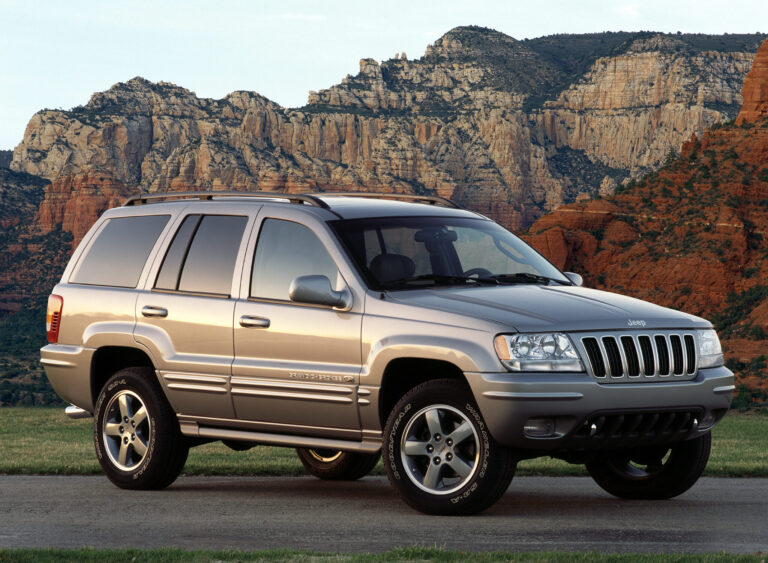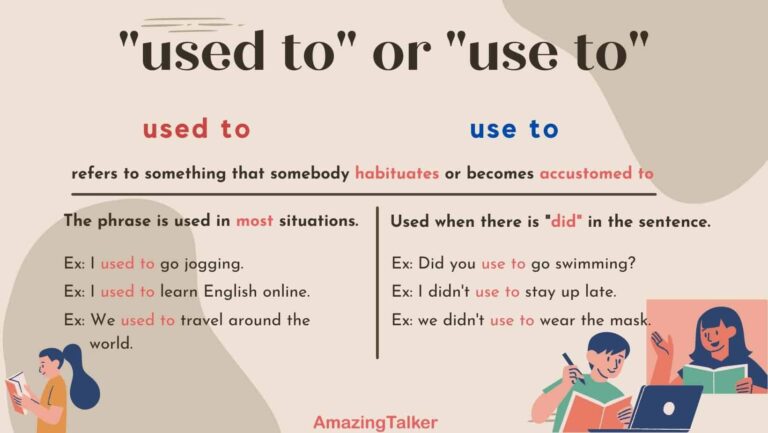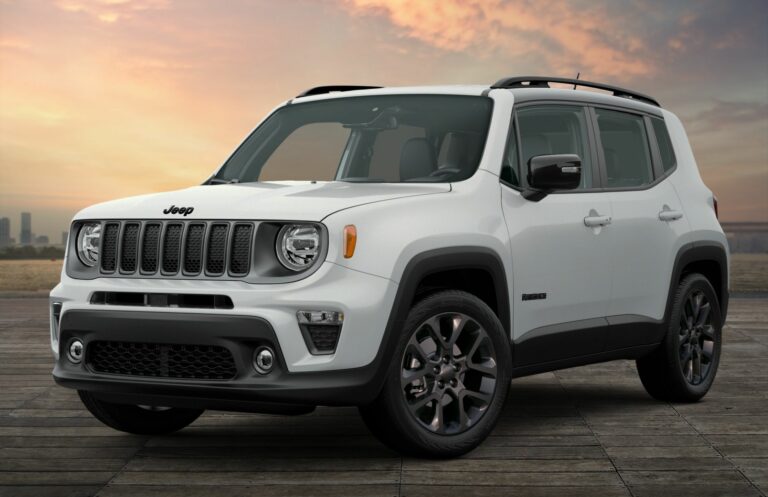2000 Jeep Grand Cherokee For Sale By Owner: A Comprehensive Buyer’s Guide
2000 Jeep Grand Cherokee For Sale By Owner: A Comprehensive Buyer’s Guide /jeeps.truckstrend.com
The allure of a rugged, capable, and affordable SUV often leads prospective buyers to the used car market, and among the most enduring legends is the Jeep Grand Cherokee. Specifically, the 2000 model year, part of the WJ generation (1999-2004), holds a special place for many enthusiasts and practical drivers alike. When one finds a "2000 Jeep Grand Cherokee For Sale By Owner," it presents a unique opportunity – a chance to acquire a beloved vehicle directly from its current custodian, often at a more competitive price than a dealership, but with its own set of considerations. This comprehensive guide will navigate the ins and outs of purchasing a 2000 Jeep Grand Cherokee directly from a private seller, equipping you with the knowledge to make an informed and successful acquisition.
Why the 2000 Jeep Grand Cherokee? A Look Back at the WJ Generation
2000 Jeep Grand Cherokee For Sale By Owner: A Comprehensive Buyer’s Guide
The 2000 Jeep Grand Cherokee, part of the WJ generation, is widely regarded as a sweet spot in the model’s history. It retained the traditional solid front axle (though the rear became a Dana 35/44a hybrid or optional Dana 44), offering legitimate off-road prowess, while significantly improving on-road comfort and refinement compared to its ZJ predecessor.
Key Features and Appeal:
- Engine Options: The 2000 WJ offered two primary engine choices:
- 4.0L PowerTech Inline-Six (I6): A legendary engine known for its bulletproof reliability, ample torque, and ease of maintenance. While not a speed demon, it’s a workhorse.
- 4.7L PowerTech V8: A more powerful option, delivering smoother acceleration and increased towing capacity. It offers a more refined driving experience.
- Transfer Cases: Jeep’s advanced 4×4 systems were a highlight:
- Quadra-Trac II: A full-time 4×4 system that automatically distributes torque between axles as needed.
- Quadra-Drive: The top-tier system, adding Vari-Lok progressive axles to Quadra-Trac II. This meant power could be sent to individual wheels with the most traction, making it incredibly capable off-road.
- Comfort and Amenities: The WJ boasted a much-improved interior over previous generations, with better ergonomics, higher-quality materials, and available features like automatic climate control, heated seats, and an Infinity sound system.
- Durability and Parts Availability: These Jeeps were built to last, and due to their popularity, aftermarket and OEM parts are readily available and often affordable, making maintenance and repairs relatively straightforward for the savvy owner.
- Customization Potential: The WJ Grand Cherokee is a favorite platform for off-road enthusiasts, with a vast array of aftermarket lift kits, bumpers, and other modifications available.


Its blend of daily drivability, genuine off-road capability, and robust construction ensures the 2000 Grand Cherokee remains a highly sought-after used SUV, perfect for those seeking adventure, utility, or a reliable family hauler.

The "For Sale By Owner" Advantage: What to Expect
Buying a vehicle "For Sale By Owner" (FSBO) offers a distinct experience compared to purchasing from a dealership. It comes with its own set of benefits and challenges that a prospective buyer must understand.
Potential Benefits of FSBO:
- Lower Price: Private sellers typically don’t have the overhead costs of a dealership (lot fees, sales commissions, advertising), allowing them to list the vehicle at a lower price. You can often save a significant amount compared to a dealership’s markup.
- Direct Negotiation: You’re dealing directly with the owner, allowing for more personal and often more flexible negotiation. There’s no sales manager to consult, just a one-on-one discussion.
- Transparent History: The owner can often provide a more honest and detailed account of the vehicle’s history, including maintenance records, past accidents (if any), and specific quirks or issues. They’ve lived with the car and know its story.
- Access to Maintenance Records: A responsible owner will have kept meticulous records of oil changes, repairs, and service. This is invaluable for understanding the vehicle’s health.
- No Pressure Sales: Unlike a dealership environment, there’s usually no high-pressure sales tactics. You can take your time, ask questions, and make a decision without feeling rushed.
Potential Challenges of FSBO:
- "As-Is" Sale: Most private sales are "as-is," meaning once you buy it, any problems that arise are your responsibility. There are no warranties, explicit or implied, from the seller.
- More Legwork for the Buyer: You’ll be responsible for arranging inspections, handling title transfers, registration, and potentially emissions testing yourself.
- Potential for Undisclosed Issues: While many private sellers are honest, some may attempt to conceal known problems. Due diligence is paramount.
- No Trade-Ins: You can’t trade in your old vehicle with a private seller, meaning you’ll need to sell your current car separately.
- Payment Security: Ensuring a secure payment method (e.g., cashier’s check, bank transfer) and proper title transfer requires careful attention to avoid scams.
Navigating the FSBO Purchase: A Step-by-Step Guide
Buying a 2000 Jeep Grand Cherokee FSBO requires a systematic approach to ensure you get a good deal on a reliable vehicle.
Step 1: Research and Budgeting
Before you even look at a car, understand the market value for a 2000 Grand Cherokee in your area. Use resources like Kelley Blue Book (KBB.com), NADA Guides, and recent sales on online marketplaces. Familiarize yourself with common issues specific to the WJ generation. Set a realistic budget that includes not just the purchase price, but also potential immediate repairs, title/registration fees, and insurance.
Step 2: Finding FSBO Listings
- Online Marketplaces: Craigslist, Facebook Marketplace, Autotrader’s private seller section, and local classified websites are prime hunting grounds.
- Local Ads: Check local newspapers, community boards, and even "For Sale" signs in car windows.
- Word of Mouth: Let friends and family know you’re looking; sometimes the best deals come through personal networks.
Step 3: Initial Contact and Information Gathering
When you find a promising listing, contact the seller. Don’t be afraid to ask detailed questions before you see the car:
- Mileage?
- Reason for selling?
- Any accidents or major repairs?
- Known issues or warning lights?
- Has regular maintenance been performed? (Ask for records.)
- Request the Vehicle Identification Number (VIN) for a history report (CarFax or AutoCheck).
- Is the title clean and in their name?
Step 4: The Test Drive and Initial Inspection
Once you’ve narrowed down your options, schedule a viewing.
- First Impressions: Does the car look well-cared for? Check for consistent paint, alignment of body panels, and signs of significant rust (especially common on the rockers, floorboards, and frame rails of WJs).
- Interior: Check for excessive wear, tears, non-functioning electronics (power windows, radio, AC/heat, dashboard lights, blend door issues common on WJs), and strange odors.
- Under the Hood: Look for fluid leaks (oil, coolant, transmission fluid), frayed belts, corroded battery terminals, and signs of amateur repairs. Check fluid levels and color.
- Test Drive: Drive the Jeep on various roads (city, highway, bumps).
- Listen for unusual noises (clunks, squeals, grinding).
- Feel for proper braking, smooth acceleration, and shifting.
- Check steering for excessive play or pulling.
- Test all lights, wipers, and accessories.
- Pay attention to how the engine sounds and performs at different speeds. Does it idle smoothly? Is there any hesitation or misfiring?
Step 5: The Pre-Purchase Inspection (PPI)
This is arguably the most crucial step for an FSBO purchase. Unless you are a certified mechanic, arrange for a professional, independent mechanic to perform a thorough pre-purchase inspection. This mechanic should specialize in Jeeps or 4x4s if possible. They will identify existing problems, potential future issues, and confirm any concerns you had during your initial inspection. This small investment can save you thousands down the road.
Step 6: Negotiation
Based on the PPI findings and your research, be prepared to negotiate. If the inspection reveals issues, use them to leverage a lower price. Be respectful but firm. If the seller is unwilling to budge or address significant problems, be prepared to walk away.
Step 7: Paperwork and Payment
- Title Transfer: Ensure the seller has a clear title in their name. You’ll need them to sign it over to you. In some states, a notary may be required.
- Bill of Sale: Create a detailed bill of sale that includes the date, buyer’s and seller’s names and addresses, VIN, odometer reading, sale price, and a statement that the vehicle is sold "as-is." Both parties should sign and keep a copy.
- Payment: For larger sums, a cashier’s check from your bank (verified with the seller’s bank if possible) or a secure bank transfer are the safest options. Avoid large cash transactions if possible.
- Registration and Insurance: Once the title is transferred, you’ll need to register the vehicle in your name and get it insured before driving it extensively.
Common Issues and Red Flags for the 2000 Grand Cherokee (WJ)
While robust, the 2000 Grand Cherokee isn’t immune to common age-related wear and specific design quirks. Be vigilant for these:
- HVAC Blend Door Issues: A very common problem. The plastic blend doors inside the HVAC system break, leading to inconsistent heating or cooling, often stuck on one temperature. Repair is labor-intensive (dashboard removal).
- Transmission Problems: Particularly with the 4.7L V8’s 45RFE transmission. Look for harsh shifting, slipping, or delayed engagement. The 4.0L’s 42RE is generally more robust but still requires proper maintenance.
- Cooling System: Water pump failures, radiator leaks, and fan clutch issues are common. Overheating can lead to serious engine damage, especially with the 4.7L V8.
- Rust: Inspect rocker panels, floorboards, frame rails, and around wheel wells carefully, especially in areas where salt is used on roads.
- Electrical Gremlins: Power window motors, dashboard lights, and various sensors can fail. Check all electrical components.
- Steering and Suspension Wear: Worn ball joints, tie rods, control arm bushings, and sway bar links are common with mileage. Listen for clunks or squeaks over bumps.
- Fluid Leaks: Check for oil leaks (especially from the rear main seal on the 4.0L), transmission fluid, transfer case, and differential leaks.
- "Death Wobble": While less common on stock WJs than solid-axle Wranglers, severe front end vibration at highway speeds can occur due to worn steering or suspension components.
Red Flags from the Seller:
- Unwillingness for PPI: A seller who refuses a pre-purchase inspection is a major red flag.
- Vague Answers: Evasiveness about maintenance history or previous issues.
- Missing Records: A lack of any maintenance records, especially on a 20+ year old vehicle.
- Fresh Paint/Undercoating: Could be hiding significant rust or accident damage.
- Warning Lights On: "Check Engine," "ABS," "Airbag" lights, etc., mean there’s an active problem.
Maintaining Your Used 2000 Grand Cherokee
Once you’ve purchased your 2000 Grand Cherokee, consistent maintenance is key to its longevity.
- Regular Oil Changes: Stick to the manufacturer’s recommended intervals.
- Fluid Checks and Changes: Don’t neglect transmission fluid, differential fluid, transfer case fluid, coolant, and brake fluid.
- Tire Rotation and Alignment: Essential for tire longevity and safe handling.
- Address Issues Promptly: Don’t let small problems become big, expensive ones.
- DIY Potential: Many common maintenance tasks and even some repairs are manageable for a DIY enthusiast with basic tools and a service manual. Online forums (like JeepForum.com) are invaluable resources.
- Parts Availability: As mentioned, parts are abundant and generally affordable, whether OEM, aftermarket, or salvaged.
Price Table: 2000 Jeep Grand Cherokee For Sale By Owner (Estimated Ranges)
| Condition | Mileage Range | Engine Type | Estimated Price Range (USD) | Notes |
|---|---|---|---|---|
| Excellent | 100,000 – 150,000 | 4.0L I6 / 4.7L V8 | $5,500 – $7,000+ | Well-maintained, minimal rust, all systems functional, clean interior. Rare at this age. |
| Good | 150,000 – 200,000 | 4.0L I6 / 4.7L V8 | $3,500 – $5,500 | Regular wear and tear, some minor cosmetic flaws, may need minor deferred maintenance. |
| Fair | 200,000 – 250,000+ | 4.0L I6 / 4.7L V8 | $2,000 – $3,500 | Visible wear, some rust, likely needs immediate repairs (e.g., suspension components, fluid leaks, HVAC). |
| Poor | 250,000+ | 4.0L I6 / 4.7L V8 | $500 – $2,000 | Significant mechanical issues, extensive rust, many non-functional components. Best for parts or a full restoration project. |
- Disclaimer: Prices are highly variable and depend on geographical location, specific features (e.g., Quadra-Drive, trim level like Limited/Laredo), and the overall demand in your local market. A meticulous service history and recent major repairs (like transmission rebuild or new engine) can significantly increase value.
Concluding Summary
The 2000 Jeep Grand Cherokee (WJ) remains a compelling choice for anyone seeking a versatile and capable SUV on a budget. Its robust construction, legendary engines, and genuine off-road credentials make it a standout. Purchasing one "For Sale By Owner" can yield significant savings and a more transparent transaction, but it places a greater onus on the buyer to perform thorough due diligence. By understanding the WJ’s common quirks, conducting a meticulous pre-purchase inspection, and navigating the negotiation and paperwork diligently, you can confidently acquire a fantastic vehicle that will serve you well for years to come. With proper care, your 2000 Grand Cherokee won’t just be a mode of transport; it’ll be a reliable companion for all your adventures.
Frequently Asked Questions (FAQ)
Q1: Is the 2000 Jeep Grand Cherokee reliable?
A1: Generally, yes, especially the 4.0L Inline-Six engine variant, which is renowned for its durability. Like any vehicle over 20 years old, it will require regular maintenance and may have age-related issues, but its core components are robust. The 4.7L V8 is also reliable but has specific known issues with its transmission and cooling system that need to be addressed.
Q2: What’s the difference between the 4.0L and 4.7L engines?
A2: The 4.0L Inline-Six is known for its legendary reliability, strong low-end torque, and simpler maintenance. It’s less powerful (approx. 195 hp) but incredibly durable. The 4.7L PowerTech V8 offers more horsepower (approx. 235 hp) and torque, providing better acceleration and towing capacity, but can be more complex to maintain and has specific known issues with its transmission (45RFE) and cooling system.
Q3: What’s Quadra-Trac II vs. Quadra-Drive?
A3: Both are full-time 4×4 systems.
- Quadra-Trac II automatically distributes power between the front and rear axles as needed, using a viscous coupling in the transfer case.
- Quadra-Drive builds upon Quadra-Trac II by adding Vari-Lok progressive axles to both the front and rear. These axles can automatically transfer torque from a slipping wheel to the wheel with more traction, making it superior for off-road conditions where individual wheels may lose grip.
Q4: How much should I expect to pay for a 2000 Grand Cherokee FSBO?
A4: Prices vary widely based on condition, mileage, engine type, and location. Expect to pay anywhere from $2,000 for a "fair" condition model with high mileage and potential issues, up to $7,000+ for an "excellent" condition, low-mileage example with a meticulous service history. Refer to the price table in this article for estimated ranges.
Q5: Do I need a pre-purchase inspection (PPI) when buying FSBO?
A5: Absolutely, yes. A PPI by an independent, qualified mechanic is critical when buying from a private seller. It helps uncover hidden issues, potential future problems, and gives you leverage for negotiation. It’s a small investment that can save you from costly surprises.
Q6: What paperwork do I need to buy a car FSBO?
A6: You’ll typically need the vehicle’s title (signed over to you by the seller), a bill of sale (signed by both parties, detailing the VIN, price, date, and "as-is" clause), and your driver’s license. Requirements can vary by state, so check your local Department of Motor Vehicles (DMV) website.




